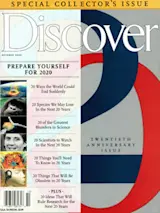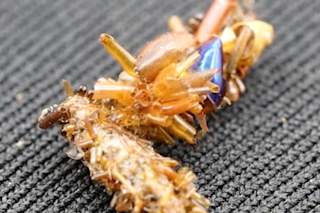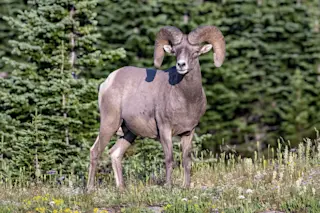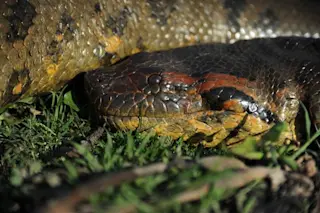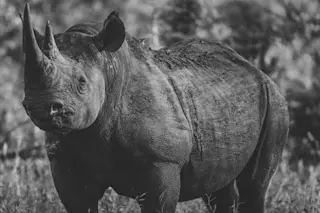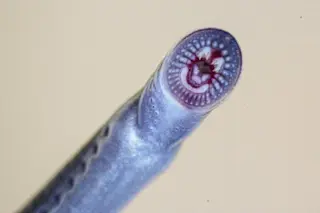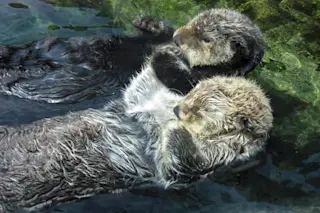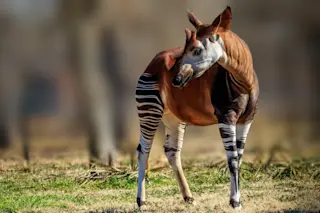The mountain gorilla of Central Africa, largest and rarest of the apes and one of our closest relatives, is down to several hundred individuals. If it ever goes extinct— and it easily could in the next 20 years— there will be headlines around the world and cries of anguish about what could have been done. We're good at noting the disappearance of distinctive creatures, if we know about it, because we've had to do that so many times before. They become what Harvard biologist E. O. Wilson calls animal celebrities.
Because handsome animals like the mountain gorilla (see photograph, previous page) attract attention and protection, they stand a better chance of surviving than their more obscure, and much more numerous, brethren. But fame didn't save the dusky seaside sparrow— one of the most recent well-documented extinctions of a vertebrate in the United States— and it may not save the giant ...


